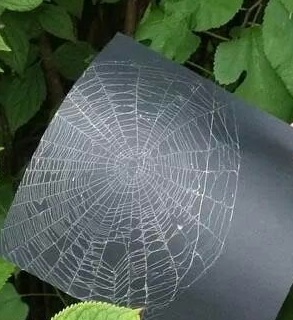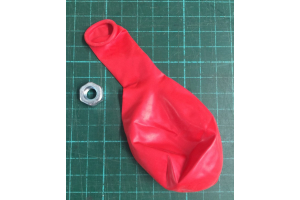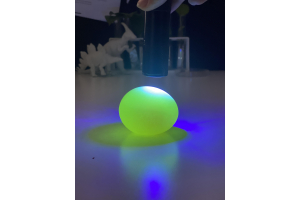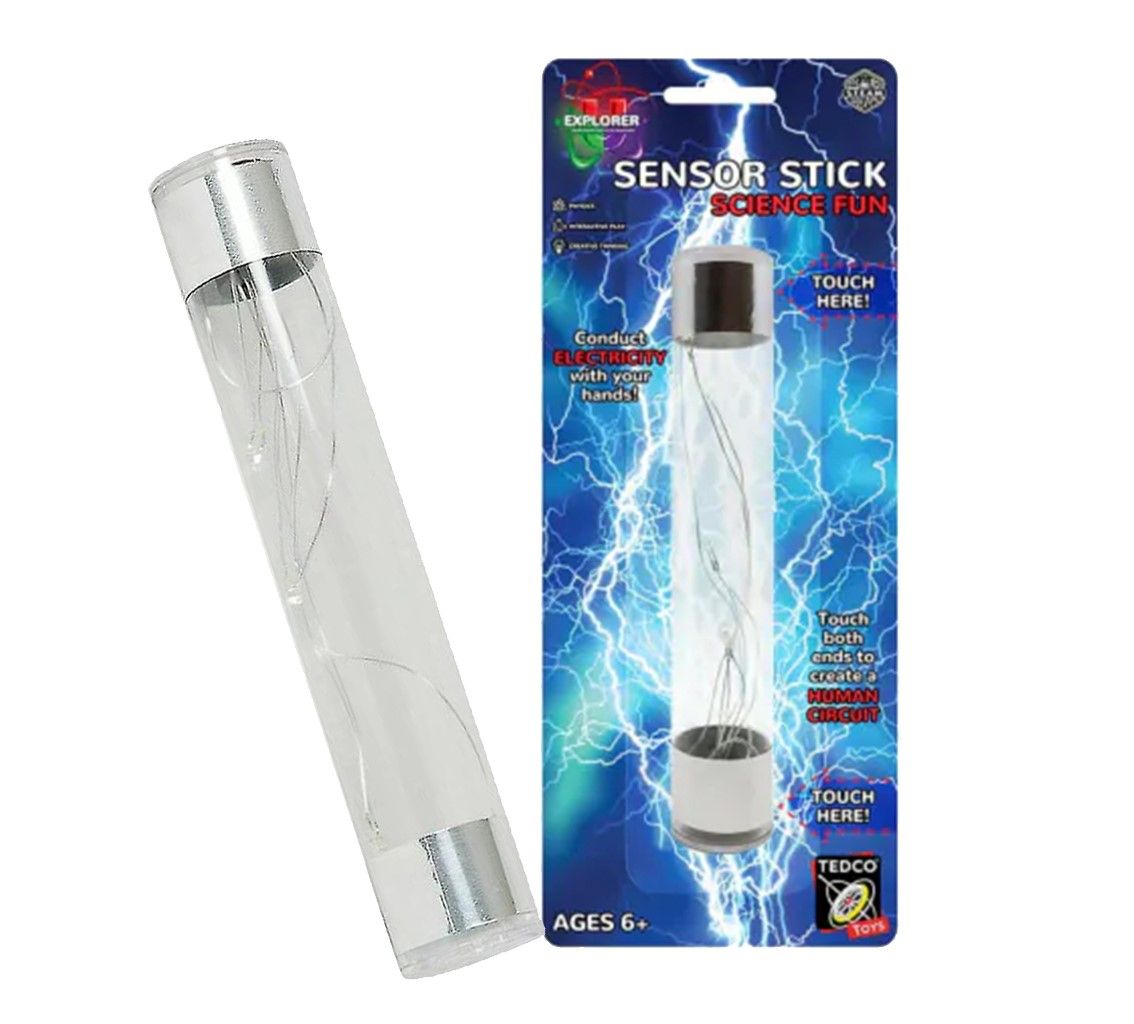Preserve A Spider Web

Preserve A Spider Web
Spiders are not just creepy and crawly, they are truly one of nature’s great artists. Spiders produce silk that they use to catch bugs, usually by spinning a beautiful web.
In this activity, be a spider scientist and capture and preserve a delicate spiderweb to study.
You Need:
- Empty spiderweb
- Talcum powder
- Black construction paper
- Hair spray
What to do:
- Head outside, in the backyard, school ground or nature trail in search of an unoccupied spider web. To find out if the web is empty, tap it very lightly. You will see the spider move if it is occupied, and you will need to find another web to preserve. Look carefully in tall grass and bushes.
- Once you have found an empty web, sprinkle talcum powder all over it. The powder will stick to the silk, making it easier to see.
- Spray hair spray on a piece of black construction paper. While the spray is still wet, move the paper up against the web so that it sticks to the paper.
- Spray the web on the paper with a little more hair spray.
- Set the paper and web aside to dry. You’ve just preserved one of nature’s great works of art.
Why is it so?
Now that you have preserved a spider web you can study it in greater detail. Measure and record the width and height of the web. Count how many threads cross through the center of the web and how many threads attach the web to its support. Spider webs are beautiful and complex.
How much bigger is the web compared to the spider creator? Could you make something that was five or ten times the size of you? Have a go at creating a super-sized spider web the right size for you with some yarn. You will need a lot of space!
A spider creates its web by releasing a single thread, once the sticky end attaches to something, the spider will attach the other end to its starting point. It then releases more threads in various patterns to create different kinds of webs, with different shapes. The web has both sticky and non sticky threads – spiders walk on the non sticky threads and the sticky threads are used to trap insects for food.
Once you’ve created your giant yarn web, see if you can detect food trapped in it. Hold one taught thread with your hand and close your eyes, have someone else pull at another taught thread on the web (gently and hard). Can you feel the vibrations and where they are coming from? Could you locate the food trapped in your web, or would you go hungry!?
.








